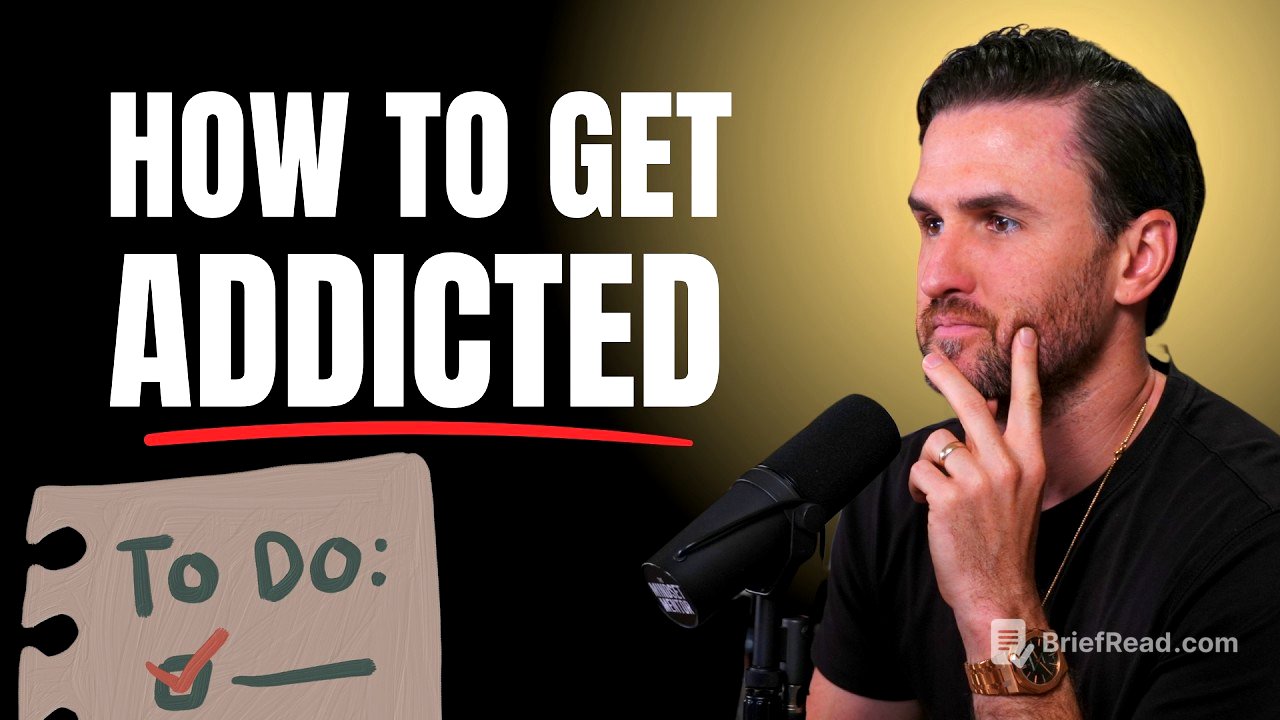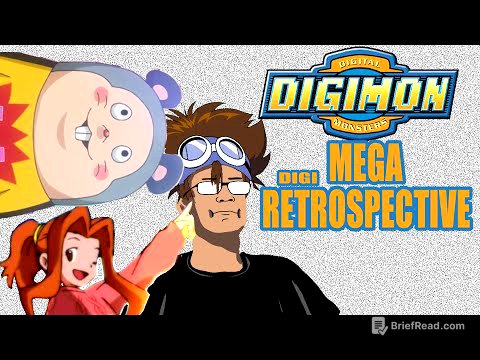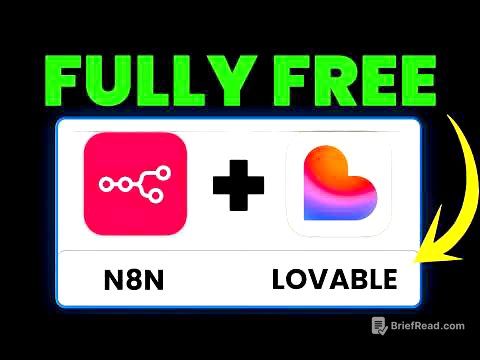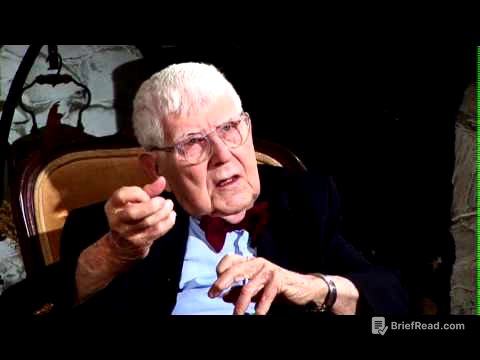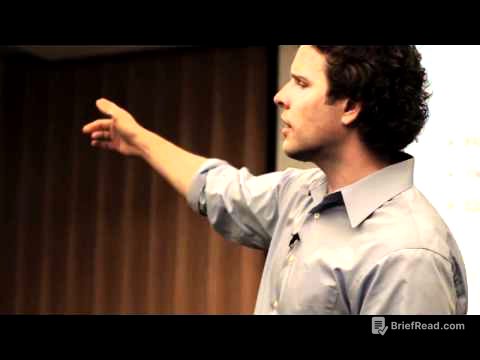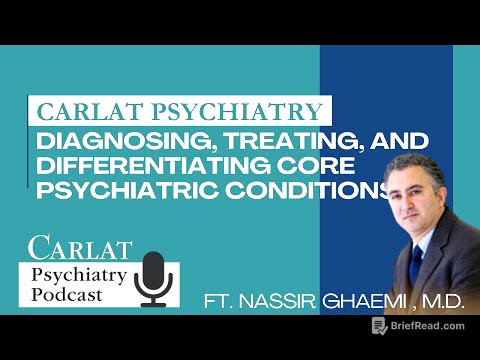TLDR;
This video challenges the conventional understanding of discipline as a forceful act and introduces a step-by-step approach to enjoying taking action. It emphasizes that long-term consistency cannot be achieved through shaming or bullying oneself, but rather by understanding how to make the process feel good. The video outlines practical steps to remove resistance, design momentum, and associate pleasure with effort, ultimately leading to a state where discipline becomes a form of self-love and a natural part of life.
- Discipline isn't about pushing harder, but removing resistance.
- Consistency comes from enjoying the process, not forcing it.
- Small, intentional steps and visible progress are key.
- Associating pleasure with effort creates a positive feedback loop.
- Connecting emotionally to your goals fuels consistent action.
Why Discipline Feels Hard [0:00]
Many people struggle with starting tasks, often promising themselves to begin "tomorrow" without follow-through. This is because discipline is often perceived as a forceful act, requiring immense effort and resistance. However, the key to discipline might be to remove the resistance altogether, rather than fighting it. The video aims to challenge the traditional view of self-control and motivation, offering a step-by-step process to enjoy taking action and achieve consistency.
Enjoy Taking Action [0:21]
The core idea is that once you learn to enjoy doing what truly matters, significant positive changes will occur in your life. The secret lies in making the necessary actions feel pleasurable rather than like a punishment or a burden. This shift in perspective is crucial for sustained effort and long-term success.
You Can’t Force Consistency [0:44]
Bullying or shaming yourself into consistency only leads to short bursts of effort and eventual burnout. The brain naturally avoids pain and seeks pleasure, so forcing yourself to do something creates resistance. Many people experience a cycle of starting strong but quickly giving up because they are essentially working against their brain's natural inclination.
Pain vs. Pleasure [1:27]
The brain is wired to move away from pain and towards pleasure. The more emotionally challenging a task feels, the more resistance you will unconsciously build around it. Therefore, when you think you need more discipline, what you really need is to find ways to make the task feel good enough to motivate you to do it.
Make Action Feel Good [2:18]
To avoid burnout, it's essential to learn how to make taking action feel good, not like a punishment. The goal is to associate pleasure with the actions you need to take. The following steps provide a practical approach to achieving this.
Step 1: Breadcrumb Method [2:41]
The breadcrumb method involves creating small, clear, and low-effort paths that lead towards your goal. Instead of trying to climb a cliff in one painful leap, you leave small, irresistible cues that pull you towards the next step. For example, if you want to work out in the morning, lay out your clothes and shoes the night before. If you want to write, open your laptop and write a note giving yourself permission to write just one messy paragraph. The key is to design momentum by making the initial steps as easy as possible, removing friction and making it easier to start without waiting for motivation.
Step 2: Make Progress Visible [6:17]
Your brain loves evidence that your effort is leading to progress. Tracking your progress, even in small ways, can be very powerful. Use a calendar to cross off each day you take action, drop a coin into a jar after each workout, or write one sentence a day about what you did well. Tracking and recording your progress leads to exponential improvement. Seeing the progress motivates you to continue and make better decisions. Celebrate your wins and use setbacks as data to learn from, reinforcing positive feelings and making it easier to take action.
Step 3: Reward Effort [8:49]
Intentionally reward yourself to teach your brain that effort feels good. Just as you would train a dog with treats, you need to train yourself to associate the effort required to achieve your goals with positive reinforcement. After each session, do something that signals a reward, such as taking a deep breath of fresh air, making your favorite non-alcoholic drink, or texting a supportive friend. Even looking in the mirror, smiling, and saying "I'm proud of you" can release dopamine, making the effort feel pleasurable. By pairing effort with satisfaction, you can get your brain addicted to the cycle of work and reward.
Step 4: Shrink the Start [11:07]
Make it easier to start than to avoid the task. When something feels overwhelming, we tend to avoid it. Shrink the start by breaking the task into smaller, more manageable steps. If you're dreading going to the gym, tell yourself you'll just go for 10 minutes. If you're avoiding writing, commit to writing just one messy paragraph. If you're overwhelmed by cleaning, start with just one dish. Once you start, your brain naturally wants to finish, and you'll realize it's not as daunting as you thought.
Step 5: Add Joy [12:20]
You are allowed to enjoy the process. Pair difficult tasks with something sensory and soothing. Listen to music you love while working, light a candle when you write, and make the experience a ritual that feels like self-care rather than punishment. Pleasure isn't the enemy of discipline; it's the fuel.
Step 6: Emotional Why [13:50]
Attach emotion to your "why." If you want to stick with something, your goal needs to live in your heart as well as your head. Have a strong reason for doing it. Ask yourself why this goal matters to you, who you will become by achieving it, and how it will change your life and the lives of those around you. Develop a real "why" behind the goal and remind yourself of it often by writing it down and reading it every day. The more emotionally connected you are to your goal, the easier it becomes to act on it.
Become Addicted to Discipline [14:59]
Becoming addicted to discipline isn't about becoming a robotic high performer, but about creating a life where the things that are good for you feel good to do. Stop chasing motivation and white-knuckling your way through life. Build systems that make consistency feel natural and enjoyable. By associating pleasure with taking action, you'll start to want to work harder and realize that the life you're building is getting closer and closer.
